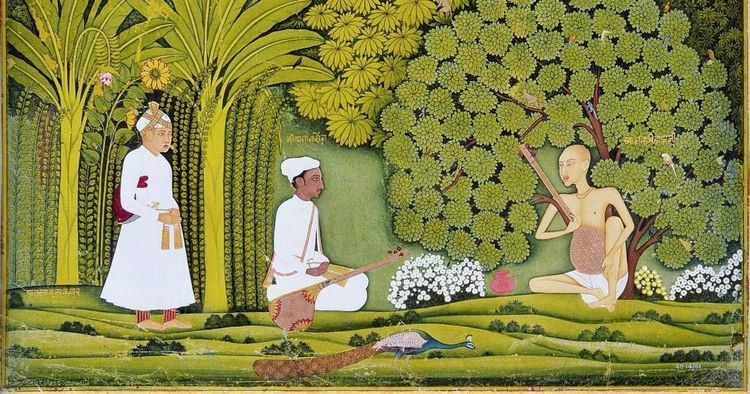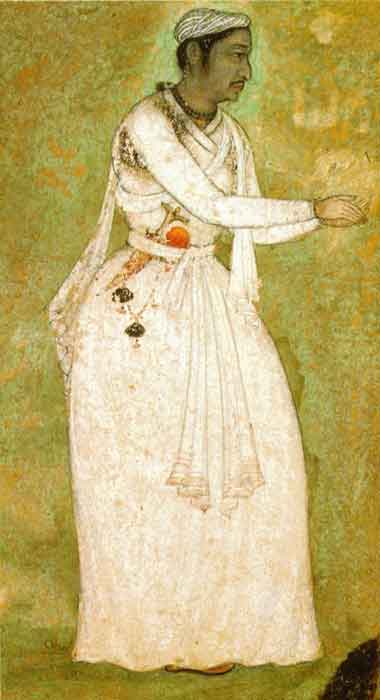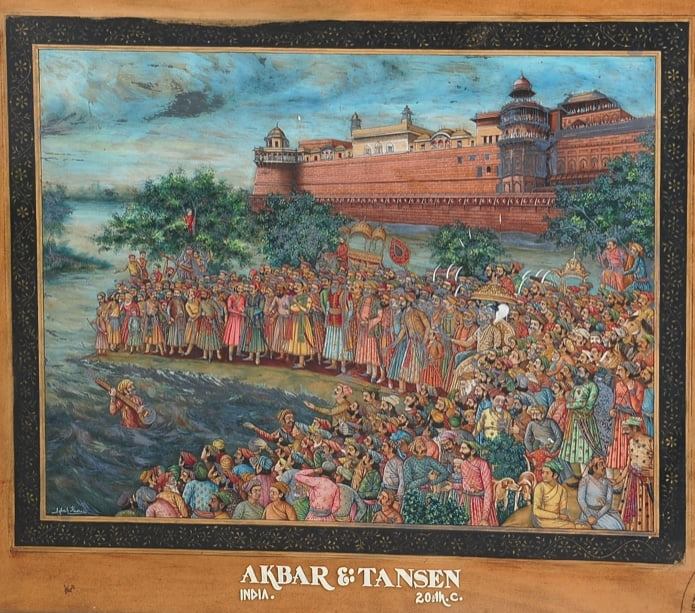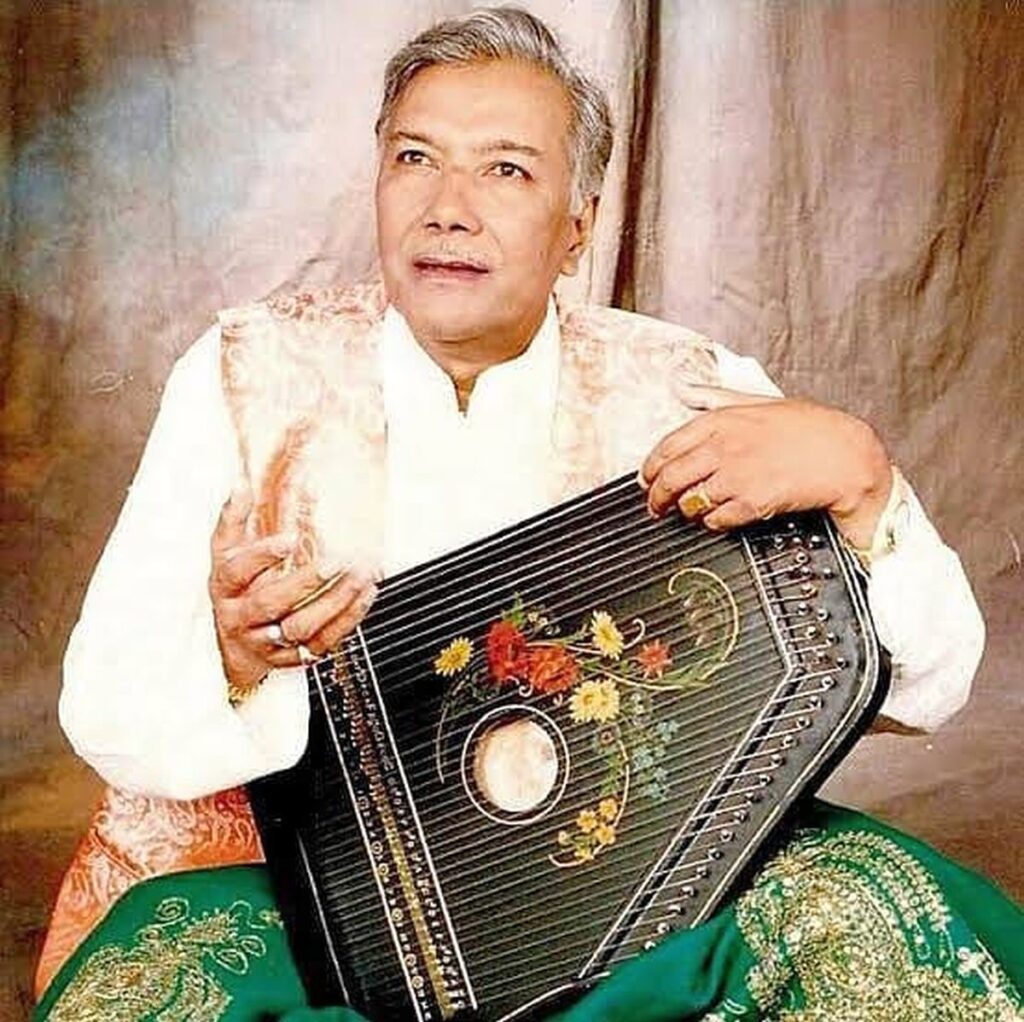Raga Deepak: The Dangerous Masterpiece of Mian Tansen

Have you ever been intoxicated by the melody of Indian classical music? Hindustani classical music traces its roots to the ragas and dhrupad developed by music wizards in ancient and medieval India. Tansen, a maestro of Indian classical music, invented Raga Deepak and contributed significantly to the development of traditional Indian music. He belonged to the Gwalior gharana of music and worked in the court of the Mughal emperor Akbar as his court musician. Mian Tansen was renowned for his expertise in music and for making diyas light with his singing.

Tansen or Ramtanu Pandey was born in Gwalior in the late 15th century. His father Mukund Ram was a wealthy poet and an accomplished musician, and he was Ramtanu’s first teacher as well. He received training from Hindu bhakti saint Swami Haridas and Sufi mystic Muhammad Ghaus, hence his musical skills were a mixture of both musical cultures. Tansen began his career in the court of the Gwalior ruler Raja Ramchandra Singh.

The immense talent of Tansen reached the ears of Akbar, who was the Mughal emperor at the time. The emperor invited him to perform at his court and Tansen began working in Akbar’s court in 1556. Soon he became the emperor’s favorite and the envy of the other courtiers. In a conspiracy to dethrone Akbar, the courtiers persuaded Akbar to test Tansen’s singing prowess by asking him to sing Raga Deepak.
Raga Deepak when sung properly would generate so much heat that the diyas would light on their own and burn the voice of the singer, turning it into ashes. This demand of Akbar stressed Tansen for his life but using his wit, he was able to save his life. He trained his daughter Saraswati in Raga Megh Malhar which could bring rain. Tansen asked his daughter to start singing only when the diyas were lit.
Read: The Cashmere Fever: How An Indian Shawl Changed The Fashion Landscape of Europe
On the day of the performance, Tansen started singing Raga Deepak and as expected soon people began sweating, and the diyas of the palace lit on their own. Saraswati began Raga Megh Malhar immediately after which brought rains and cooled down the environment. Thus, saving Tansen’s life.

Today, the original composition of Raga Deepak is lost but musicians of the later century have created renditions they believe could have been a part of the original. Ustad Ghulam Mustafa Khan was one such Hindustani classical music maestro who sang reimagined Raga Deepak.
